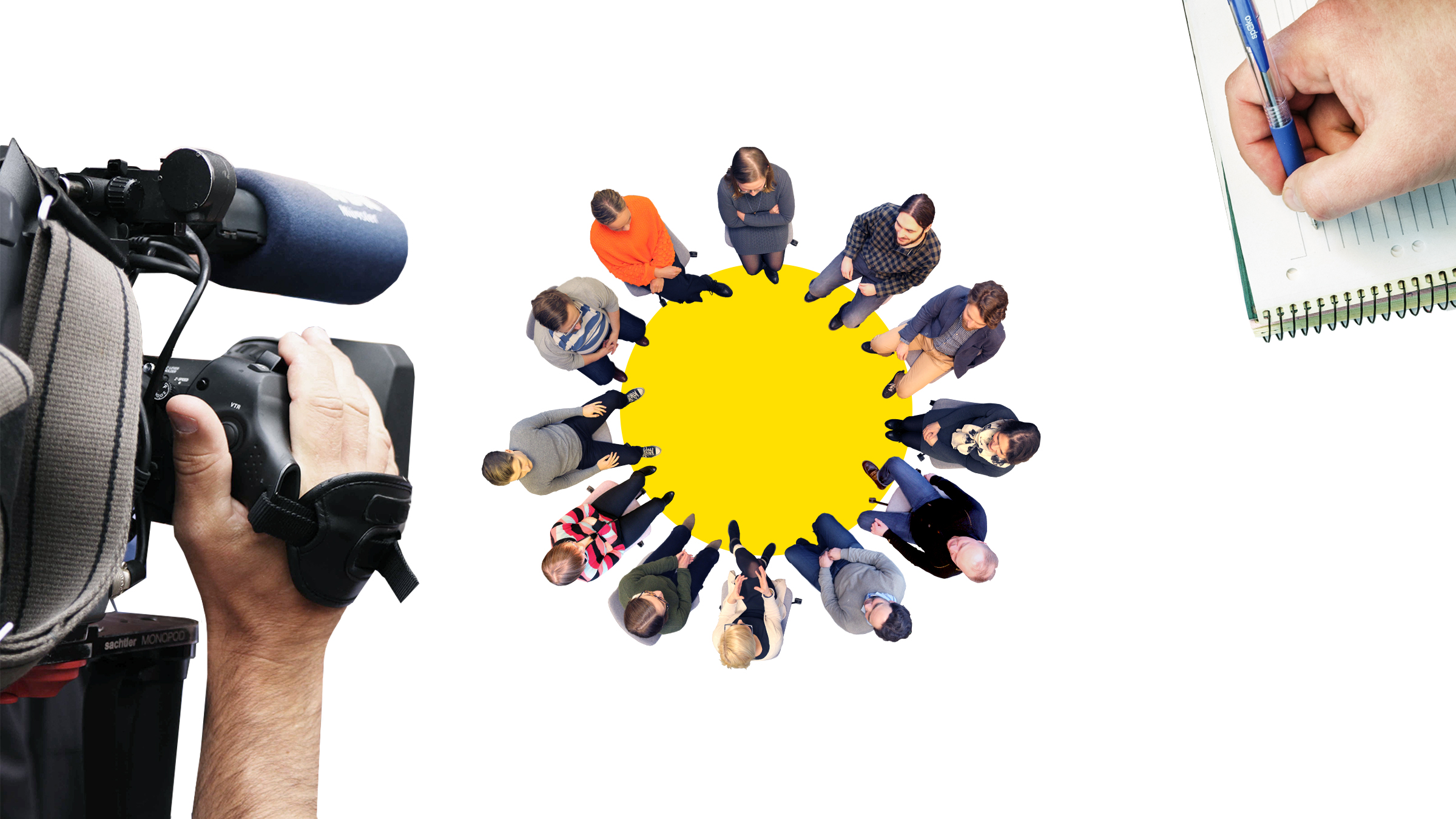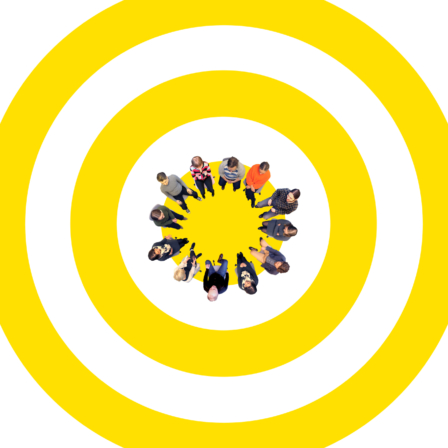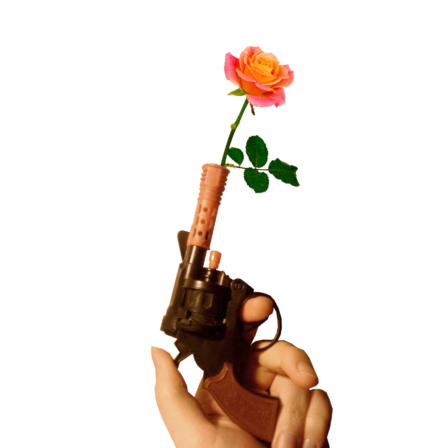New, concrete ideas are often created in a dialogue. Touching stories are told and unexpected viewpoints and new topics of discussion are discovered. These matters could be news! And the journalistic media is interested in news. Furthermore, it is possible to engage in the dialogue voices that do not typically participate in the discussion.
Communicating about the dialogue to the public increases its impact. It is therefore a good idea to include the media. It is quite possible, but not always simple because as an event, a dialogue is slightly different from the events usually monitored by the media. You should think through the role of the journalistic media and social media in the event well in advance, preferably in joint discussions with the journalists.
Eight tips for working with the media
- Dialogue may be a new operating method to the media. Think about how you justify the need for it from a point of view that interests journalists. Why does society need a dialogue right now and what kind of new dimensions does a dialogue bring to the societal discourse?
- The organiser of the dialogue should contact journalistic media at an early stage of planning the event. For example, a meeting in person with the chief editor or the other journalists may help find topics of common interest. A dialogue is a good method here, too! Forget your professional roles for a moment and think about what issue needs to be brought up.
- Openly reflect on the media’s possible role in the dialogue. Would the media like to be involved in the dialogue as a convener, perhaps together with a company or an organisation? Or as a participant among the others? What kind of new content would the dialogue provide to the media? Does the dialogue offer something new for the interaction of the public and the media?
- It may be a good idea to discuss how a dialogue challenges the traditional role of the journalist – even journalists are likely to benefit more from participation than from distant observation.
- Journalists are experts in finding good topics. If the event is organised in co-operation with the media, discuss what kind of issue would bring the people in the area together. What issue touches and affects us as people? That will be the theme for your dialogue.
- You should discuss the ground rules for publicity in advance and the participants should already be informed of them in the invitation or at the latest at the beginning of the event. Is the event public and can what is said in it be quoted? If the discussion is confidential, how will the journalists find material for their articles? Can people be interviewed afterwards? Can journalists use the forming understanding and the networks as background material for their articles?
- Also consider the need for photographs and/or moving image. In advance, think about what can be photographed in the event and discuss this with the media. Especially the television may decide to ignore the event if there is no picture material. If the event is entirely confidential, think about whether some of the participants might be willing to appear in front of the cameras after the event.
- Even if the journalistic media does not attend, there is always media present – the social media. You should also ask citizen journalists to join in – bloggers, vloggers and other residents who are active in the social media. This is how the dialogic story spreads in the networks. You should go over the ground rules for the social media at the beginning of the event. For example, can things said by the others be quoted in the social media and can photos be published?












More tools
Start the planning with these.